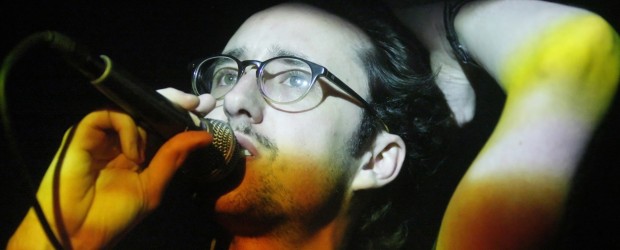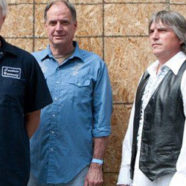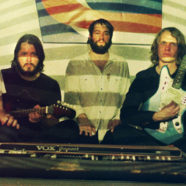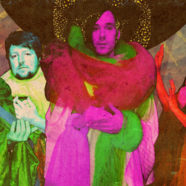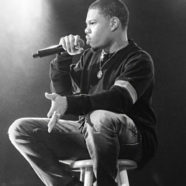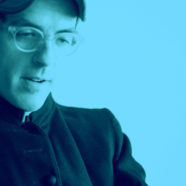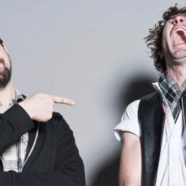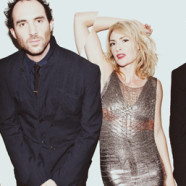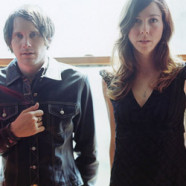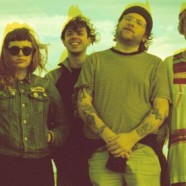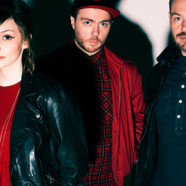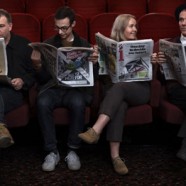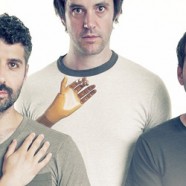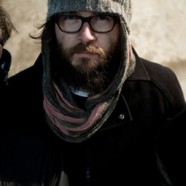I often get this question about the rise of R&B, but it’s still really hard to make sensitive music and have it become populous. You have to make something aggressive and loud in order to make it on a bigger scale.
BY DAVID WILLMING
Having spent the last decade vacillating between different genres, Tom Krell has found his calling in R&B as How To Dress Well. Over the course of two groundbreaking albums — 2010’s tortured, hazy Love Remains and the more refined but no less devastating Total Loss from earlier this year — Krell has established himself as one of the driving forces in mature, alternative R&B that even the hipsters are now digging their skinny jeans into.
Chicago Innerview caught up with Krell after a stint of European shows to discuss his tour and artistic approach.
Chicago Innerview: How did your European tour go?
Tom Krell: It was amazing man…I’m still so completely exhausted and dazed from the whole thing. Now that the record is out, the vibe is so different. Some of the shows are completely life-affirming; getting responses from the audience.
Chicago Innerview: How have the reactions from crowds changed since Total Loss came out?
Tom Krell: The whole thing was building. For instance, whereas I played a 75-person room last time I was in Brussels, this time I played to 400 people. Its building in scale but also building in [the sense that] people used to say ‘we love this music; what are we going to get when we go live?’ Now people know. I’ve said a lot about what I want the collective emotional experience to be…I think people come more equipped to dig in…I also have always had a pretty elaborate visual aspect to the performances, but now I have my friend touring with me doing live manipulations that allows for a much more seamless kind of performance.
CI: Your music is very personal. Do you find it difficult to get yourself into that emotional state every night?
TL: No. I mean it takes a little bit of work and focus, but it feels really good. The songs change every night for me in terms of their emotional resonance and what they do for me. It’s so contingent on the crowd. Sometimes the crowd gives a ton back [and] it makes it really easy on me, but I’ve also done a lot of work to change and translate and flip up the recordings so they contract and have a different vibe live, that helps a lot as well…I’ll say to the band, ‘tonight let’s drop the entire drum track from this song; let’s do it just violin and maybe a gauzy synth.’
CI: Do your shows follow strict set lists or do you react more to the crowd?
TK: We have a very calculated show. It’s not like a rock and roll concert, it’s more like an artwork, an aesthetic experience…Improvisation and spontaneity more happens in the things I do vocally or spontaneously add one or two songs or add an acapella mid-set…It’s not the kind of thing where we’re just vibing it with a bridge for another guitar solo, it’s quite a bit more orchestrated and detailed.
CI: The same kids that five years ago wanted nothing to do with R&B are now going to see more progressive R&B artists like you. What do you attribute that change to?
TK: I think it maybe is a generation thing or a group collective thing. I don’t think anybody really hated R&B five years ago. Everybody loved ‘Make Love In This Club’ or ‘Sweet Dreams’ by Beyonce. If anything, sadly, R&B’s moment is dwindling. You hear almost no R&B on the radio…People want Wakka Flakka. They don’t want Maxwell. I often get this question about the rise of R&B, but it’s still really hard to make sensitive music and have it become populous. You have to make something aggressive and loud in order to make it on a bigger scale.
HOW TO DRESS WELL
DECEMBER 14 @ CO-PROSPERITY SPHERE
WITH BEACON
9 PM LISTEN
$15 TICKETS




